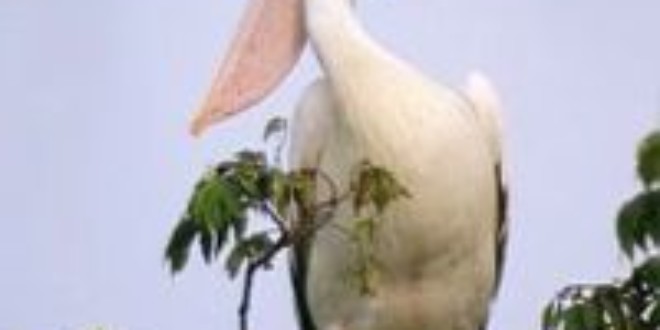Deepor Beel, a natural wetland in Assam, faces threat as it gradually turns into a garbage dumping ground by the locals, causing damage to its flora and fauna. Located in Kamrup district in Assam, Deepor Beel is the lone site under the Ramsar convention, in the state declared so in November 2002.
Deepor Beel, which is also a bird sanctuary, is a great food source and breeding ground for a variety of migratory birds, amphibians, reptiles, insects, micro and macrophytes, terrestrial weeds.
However, in recent times there has been an increasing concern over the continuing degradation of the wetland, having Ramsar site status.
Lakhan Teron, an environmentalist, said that this year, the count of migratory birds has come down drastically, as compared to previous years.
Earlier, the count of migratory birds used to be around 24,000 to 26, 000, which has now drastically come down. Also, community fishing is another factor which is affecting the environs of Deepor Beel,” Teron added.
This wetland was once 40 kilometres (square), but today its area has been limited to only 20 kilometres (square) and the core area is now only 4.14 kilometres (square).
And the threat to the wetland doesn’t seem to cease.
Recently, the student organisation, All Assam Students Union (AASU) along with the residents had staged a protest demonstration and highlighted the threats faced by the wetland.
The protestors demanded that the state government must take immediate steps to save the wetland from further degradation.
Deepor Beel is one of the largest and most important beels in the Brahmaputra valley of lower Assam and is a representative wetland type found within the bio geographic province, ‘Burma Monsoon Forest’.
The lake supports threatened species of birds like spot billed pelican, lesser adjutant stork, greater adjutant stork, black necked stork and large whistling teal. Some of the largest congregations of aquatic birds in Assam can be seen here, particularly in winter.
(From newstrackindia.com, India, by Peter Alex Todd)
 Ocean Sentry
Ocean Sentry




